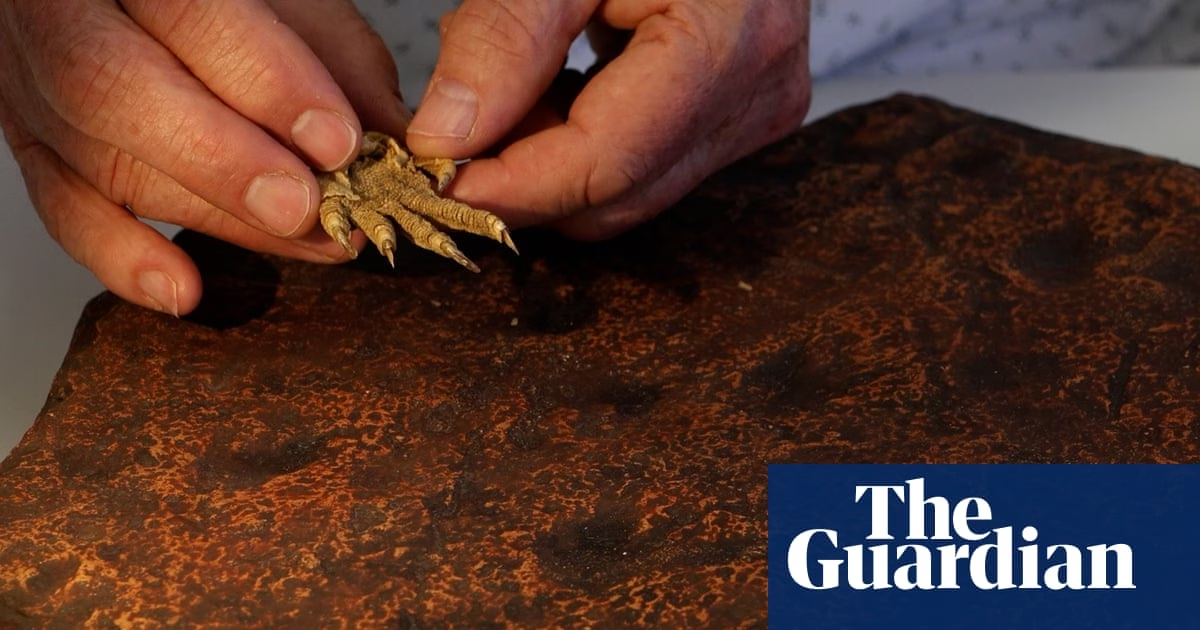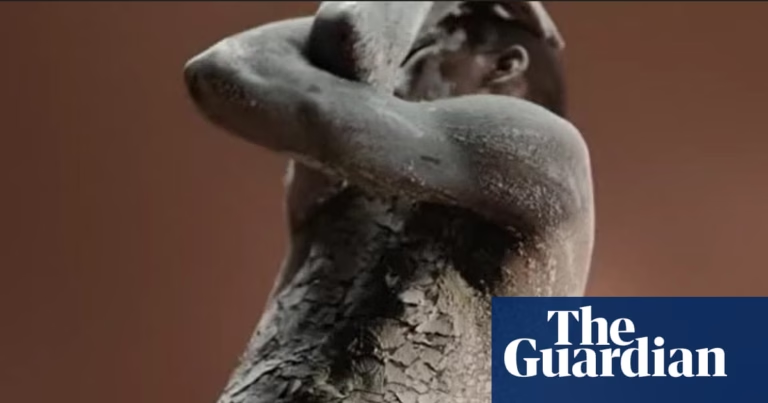Fossils found in Australia indicate that the first amniotes, the ancestors of reptiles, birds, and mammals, may have evolved much earlier than previously estimated. The discovery of fossilized claw prints in sandstone between 354 million and 358 million years old suggests that these creatures likely walked across the surface that was indented by raindrops. According to researchers, these footprints represent the earliest known evidence of amniotes on Earth.
Professor John Long, a paleontologist at Flinders University and the lead author of the study, has stated that the discovery is significant and may alter the way we think about the development of amniotes. Previous evidence of amniotes, found in fossils and tracks in Europe and North America, dated back to around 318 million years ago, was younger than the latest find.
Craig Eury and John Eason, fossil hunters, discovered the footprints near Mansfield in Victoria, on Taungurung land, about 200 kilometers northeast of Melbourne. John Long, who has been studying fossils in the area for more than four decades and has maintained connections with a group of dedicated fossil enthusiasts in Mansfield, was astonished by the discovery.
Further investigations by Flinders University specialists in CT scanning and trackways, as well as international experts in early tetrapod (four-limbed vertebrate) tracks from Uppsala University in Sweden, have confirmed the significance of the discovery. The findings suggest that amniotes existed during the early Carboniferous period, which was a transitional phase in Earth’s history characterized by high oxygen levels, extensive coal deposits, and the appearance of many new species of animals and plants.
The presence of amniotes, which can lay eggs or reproduce outside of water due to the protective amniotic membrane, marked a significant transformation from the ancient fish and plants of the Paleozoic era to the diverse species that would later dominate the Earth.
Professor Long emphasized the importance of the discovery for Australian science, suggesting that more fieldwork is needed to find the skeletal remains that could confirm the presence of amniotes. Dr. Erich Fitzgerald, who is not affiliated with the study and is a senior curator of vertebrate paleontology at Museums Victoria Research Institute, called the discovery “provocative” with wide-reaching implications and expressed the need for body fossils, such as bones, to confirm the existence of amniotes at such an early time.
Fitzgerald underscored the value of Australia’s fossil record, which is relatively understudied, and the importance of collaboration between professional and amateur paleontologists in uncovering the mysteries of life’s evolution.
Source: https://www.theguardian.com/environment/2025/may/14/fossilised-claw-prints-australia-amniotes-fossils







